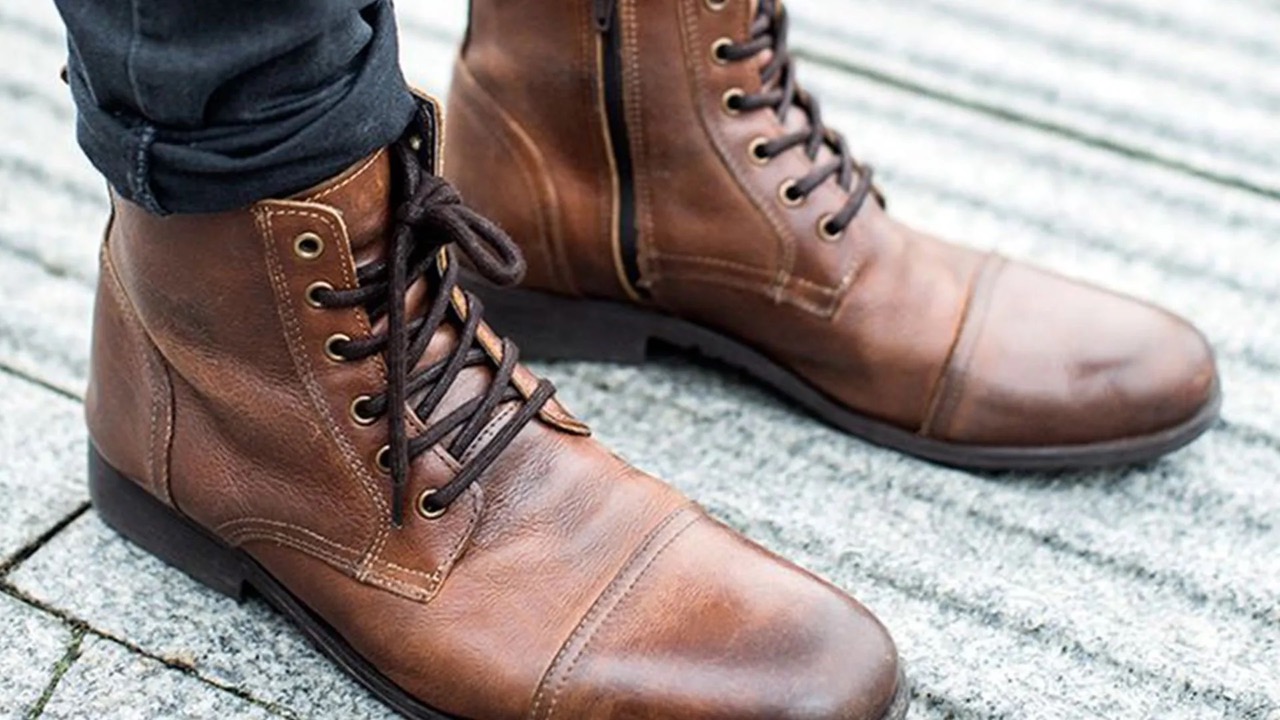

Articles
How To Store Leather Boots
Modified: October 20, 2024
Discover the best techniques for storing leather boots and preserving their quality. Read our articles for expert advice and tips on how to maintain your boots and extend their lifespan.
(Many of the links in this article redirect to a specific reviewed product. Your purchase of these products through affiliate links helps to generate commission for Storables.com, at no extra cost. Learn more)
Introduction
Leather boots are a timeless wardrobe staple that can add style and sophistication to any outfit. Whether you’re a fashion enthusiast or a practical adventurer, taking proper care of your leather boots is essential to ensure their longevity. One key aspect of maintaining leather boots is proper storage. In this article, we will explore the importance of storing leather boots correctly and provide you with practical tips to keep your boots in top shape.
When it comes to maintaining the quality and condition of your leather boots, proper storage is often overlooked. Many people simply toss their boots in the closet or leave them lying around, unaware of the potential damage this can cause. Improper storage can lead to cracked leather, creases, and a loss of shape, ultimately diminishing the lifespan of your cherished boots.
By investing a little time and effort into storing your leather boots correctly, you can preserve their beauty, comfort, and durability for years to come. In the following sections, we will delve into the key factors to consider when storing your leather boots and provide you with expert tips to help you maintain their pristine condition.
Key Takeaways:
- Proper storage and maintenance are crucial for preserving the quality and longevity of leather boots. From using dust bags to avoiding direct sunlight, these tips ensure your boots remain in excellent condition for years to come.
- When traveling with leather boots, take extra care to pack them properly, use protective coverings, and avoid placing heavy items on top. Regular care during your travels keeps your boots in optimal shape, ensuring they arrive at your destination in great condition.
Read more: How To Store Winter Boots
Why Proper Boot Storage is Important
Proper boot storage is crucial for maintaining the quality and longevity of your leather boots. Here are a few reasons why it is important to store your boots correctly:
Preserves the Shape: Leather boots, especially those with intricate designs or specific shapes, can lose their form if not stored properly. Without proper support, boots can develop creases, wrinkles, and deformities, which may be difficult or impossible to fix. By using boot trees or stuffing them, you can maintain their original shape and structure.
Prevents Creases and Cracks: Leather is a natural material that can develop creases and cracks if stored improperly. Frequent folding or bending of your boots can weaken the leather and lead to permanent damage. Storing your boots in an upright position with proper support helps prevent these issues, ensuring your boots remain in pristine condition.
Protects Against Dust and Dirt: Dust and dirt can accumulate on the surface of your boots if they are left exposed or stored in an unprotected environment. These particles can settle in the pores of the leather, causing discoloration and potentially damaging the material. By storing your boots in a dust bag or a clean, covered space, you can protect them from dust and maintain their cleanliness.
Avoids Moisture Damage: Moisture is one of the biggest enemies of leather. If leather boots are stored in a damp or humid environment, they can absorb moisture, leading to mold or mildew growth. Additionally, excessive moisture can cause the leather to become brittle and crack over time. Choosing a dry and well-ventilated storage area helps prevent moisture damage and preserves the integrity of your boots.
Prevents Sun Damage: Direct sunlight can fade and dry out leather, causing it to become stiff and brittle. If your boots are exposed to prolonged sunlight, the color may fade and the leather may lose its suppleness. Storing your boots in a shaded area or covering them with a cloth can protect them from harmful UV rays, preserving their color and texture.
Now that we understand the importance of proper boot storage, let’s explore the steps you can take to ensure your leather boots stay in optimal condition.
Cleaning and Preparing Your Leather Boots for Storage
Before storing your leather boots, it’s essential to give them a thorough cleaning and preparation. Follow these steps to ensure your boots are in the best condition for storage:
1. Remove dirt and dust: Use a soft brush or a clean, damp cloth to gently remove any dirt or dust from the surface of your boots. Pay attention to the seams and crevices where dirt tends to accumulate. Avoid using harsh chemicals or soaking the boots, as this can damage the leather.
2. Condition the leather: Applying a leather conditioner or moisturizer helps nourish the leather and prevent it from drying out during storage. Choose a high-quality leather conditioner and apply it evenly to the entire surface of your boots. Follow the instructions on the product for best results.
3. Polish the boots: If your leather boots have a polishable finish, consider giving them a light polish before storage. This not only enhances their appearance but also creates a protective barrier against moisture and dirt. Use a leather polish that matches the color of your boots and buff them gently with a soft cloth.
4. Allow boots to air dry: After cleaning, conditioning, and polishing, allow your boots to air dry completely before storing them. Avoid using direct heat sources like hair dryers, as this can cause the leather to crack. Place the boots in a well-ventilated area and let them dry naturally.
5. Stuff the boots: To maintain the shape of your boots, stuff them with tissue paper, clean socks, or boot shapers. This helps prevent the boots from collapsing and developing creases. Ensure that the stuffing is distributed evenly throughout the boots, without putting excessive pressure on any specific area.
6. Wrap the boots: Once your boots are clean, conditioned, and stuffed, consider wrapping them in a fabric or cotton bag. This provides an additional layer of protection against dust and scratches.
By following these cleaning and preparation steps, you can ensure that your leather boots are ready for storage and will remain in excellent condition until the next time you wear them.
Choosing the Right Storage Environment
When it comes to storing your leather boots, the environment plays a crucial role in maintaining their quality and condition. Here are some factors to consider when selecting the right storage environment:
1. Temperature: Leather is sensitive to extreme temperatures. It’s important to store your boots in a location with a consistent, moderate temperature. Avoid areas that are too hot or too cold, as this can result in damage to the leather. Aim for a temperature between 60°F and 70°F (15°C and 21°C) for optimal storage conditions.
2. Humidity: Excessive moisture can cause mold, mildew, and damage to leather boots. It’s essential to store your boots in a dry environment with low humidity levels. Avoid storing them in basements or damp areas where moisture can accumulate. If the humidity is high, consider using a dehumidifier or moisture-absorbing products to maintain the ideal humidity level.
3. Ventilation: Proper airflow is important to prevent the buildup of moisture and stagnant air. Choose a storage area that is well-ventilated and allows air circulation. This helps prevent the growth of mold or mildew and keeps your boots fresh and odor-free.
4. Light: Protect your leather boots from direct sunlight, as UV rays can fade the color and weaken the leather. Choose a storage location away from windows or cover the boots with a cloth or dust bag to shield them from sunlight. It’s also a good idea to avoid storing your boots under bright artificial lights for long periods.
5. Cleanliness: Ensure that the storage area is clean and free from dust, dirt, and debris. Regularly clean the storage space to prevent any particles from settling on your boots. A clean environment reduces the risk of damage to the leather’s surface and ensures your boots stay in top condition.
6. Elevated storage: Whenever possible, store your boots on elevated surfaces or shelves. This helps protect them from potential water damage in case of leaks or spills. It also keeps the boots off the ground, reducing the risk of dust and dirt accumulation.
By considering these factors and selecting the right storage environment, you can create an optimal space to preserve the quality and longevity of your leather boots.
Storing Leather Boots in a Dust Bag
Using a dust bag is an excellent way to protect your leather boots from dust, dirt, and scratches during storage. A dust bag is a soft fabric pouch designed to cover and safeguard your boots. Here are some tips for storing your leather boots in a dust bag:
1. Choose the right size: Ensure that the dust bag is large enough to comfortably fit your boots without tightly squeezing them. The bag should provide enough space for the boots to breathe and allow for easy insertion and removal.
2. Clean boots before storage: It’s always a good idea to clean your leather boots before placing them in a dust bag. Removing any dirt or residue ensures that your boots remain clean and prevents stains from setting during storage.
3. Insert boots heel first: When placing your boots in the dust bag, insert them heel first to ensure that the bag covers the entire boot, including the toe area. This helps provide full protection against dust and scratches.
4. Secure the dust bag: Many dust bags come with drawstrings or zip closures to keep your boots securely enclosed. Make sure to tightly close the dust bag to prevent dust particles from entering. If your dust bag doesn’t have a closure, you can tie the top of the bag with a ribbon or use a rubber band to seal it.
5. Avoid overcrowding: It’s important not to overcrowd the dust bag by storing multiple pairs of boots in one bag. Each pair of boots should have its own individual dust bag to prevent them from rubbing against each other and potentially causing damage.
6. Store in a cool, dry place: Once your boots are safely enclosed in the dust bag, store them in a cool, dry area away from direct sunlight or excessive heat. This helps maintain the integrity and condition of the leather.
7. Regularly check for moisture: While the dust bag provides protection, it’s still essential to periodically check for any signs of moisture or condensation inside the bag. If you notice any moisture, take your boots out, let them air dry, and make sure the storage area is well-ventilated.
8. Keep the dust bag clean: Just like your boots, the dust bag itself can accumulate dust and dirt over time. Remember to clean the dust bag regularly to ensure that it keeps your boots clean during storage. Follow the care instructions provided with the dust bag for proper cleaning.
Storing your leather boots in a dust bag offers a convenient and effective way to protect them from dust, dirt, and scratches. By following these tips, you can ensure that your boots remain in pristine condition until their next use.
Read more: How To Store Ski Boots
Inserting Boot Trees for Proper Shape Maintenance
Boot trees are essential tools for preserving the shape and structure of your leather boots during storage. They help prevent creases, wrinkles, and collapsing of the boot shaft. Here’s how to properly insert boot trees for shape maintenance:
1. Choose the right boot tree size: Ensure that you select boot trees that match the size and shape of your boots. Boot trees come in different sizes and can be adjustable or fixed. Look for boot trees that closely match the length and width of your boots for a snug fit.
2. Insert the boot tree from the toe: When inserting a boot tree, start from the toe of the boot. Gently slide the toe of the boot tree into the toe of the boot, making sure it is centered. Push the boot tree all the way in until it reaches the heel.
3. Adjust the width: If your boot tree allows for width adjustments, expand the tree to match the width of your boots. This helps fill out the boot shaft and maintain the proper shape. Adjust the width gradually to avoid applying excessive pressure that could stretch or distort the leather.
4. Apply gentle pressure: Once the boot tree is inserted, apply gentle pressure to expand the boot shaft. This helps smoothen out any creases or wrinkles and maintains the shape of the boot. Be careful not to overstretch the leather, as this can cause damage. The pressure should be firm but not overly tight.
5. Use boot trees for long-term storage: Boot trees are especially useful for long-term storage, such as during the off-season. They provide consistent support to the boots, preventing them from losing their shape over time. If you plan to store your boots for an extended period, using boot trees is highly recommended.
6. Consider adjustable boot trees: Adjustable boot trees offer flexibility to accommodate different boot sizes and shapes. They allow you to easily customize the fit and maintain the proper shape of your boots. Consider investing in adjustable boot trees to ensure a snug and secure fit for various boot styles.
7. Remove boot trees before wearing: Remember to remove the boot trees from your boots before wearing them. Boot trees are not meant to be worn with boots and can be uncomfortable if left inside. Take out the boot trees, give your boots a quick shake to ensure they are free of any debris, and enjoy wearing them!
By properly inserting boot trees, you can ensure that your leather boots retain their shape and structure throughout their time in storage. With the help of boot trees, your boots will be ready to be worn whenever you’re ready to slip them back on.
Store leather boots in a cool, dry place away from direct sunlight to prevent fading and drying out. Use boot trees to maintain their shape and stuff them with acid-free tissue paper to absorb moisture. Avoid plastic bags, as they can trap moisture and lead to mold.
Stuffing Boots to Maintain Shape
Stuffing your boots is another effective method to help maintain their shape during storage. By filling out the empty space inside the boots, you can prevent them from collapsing or developing unsightly creases. Here’s how to properly stuff your boots:
1. Choose appropriate stuffing materials: Opt for soft and flexible materials that won’t damage the interior of your boots. Some commonly used stuffing materials include tissue paper, clean socks, rolled-up newspapers, or specialized boot stuffers made of foam or fabric.
2. Prepare the stuffing materials: If you’re using tissue paper or socks, crumple them into soft balls. For newspapers, roll them up tightly to create compact rolls. Make sure the stuffing materials are not too loose or too tight, as you want them to fill the boot comfortably.
3. Start from the toe: Begin by inserting the stuffing into the toe area of the boot. Gently push the stuffing down into the toe, making sure it reaches the tip. Take care not to exert excessive force as this could distort the shape of the boot.
4. Fill the boot shaft: Continue filling the boot by inserting the stuffing into the shaft. Gradually add more stuffing material, distributing it evenly throughout the boot to ensure a balanced shape. Avoid over-stuffing, as this can put too much pressure on the boot and stretch the leather.
5. Shape the boot: As you fill the boot, use your hand to mold and shape the boot from the outside. Smooth out any visible lumps or bumps caused by the stuffing, ensuring that the boot retains its natural contours and curves.
6. Don’t forget about the heel: Pay attention to the heel area of the boot as well. Stuffing the heel prevents it from collapsing and helps maintain the overall shape of the boot. Ensure that the stuffing reaches the back of the boot and fills the heel area adequately.
7. Check for proper fit: Once the boots are stuffed, check that they still fit comfortably. Avoid stuffing the boots too tightly, as this can damage the interior lining or stretch the leather. The stuffing should provide support without causing any strain on the boot structure.
8. Store the stuffed boots: Place the stuffed boots in an upright position in your chosen storage area. Ensure they are not cramped or overcrowded with other items to avoid unnecessary pressure on the boots. The stuffed boots should be stored in a cool and dry environment, away from direct sunlight or sources of moisture.
By properly stuffing your boots, you can help maintain their shape and prevent them from developing creases or collapsing during storage. With a little effort, your boots will be ready to be worn again in perfect form when you’re ready to take them out.
Avoiding Direct Sunlight and Excessive Heat Exposure
Direct sunlight and excessive heat can have detrimental effects on leather boots. To ensure the longevity and quality of your boots, it’s essential to protect them from these damaging elements. Here’s why you should avoid direct sunlight and excessive heat exposure:
1. Fading color: Leather boots exposed to direct sunlight for extended periods can experience color fading. The UV rays in sunlight cause the pigments in the leather to break down, resulting in a loss of color vibrancy. Over time, this can significantly alter the appearance of your boots.
2. Drying and cracking: Heat can cause leather to dry out and become brittle, leading to cracking. Excessive exposure to heat sources like radiators, heaters, or direct sunlight can accelerate this process. Cracked leather not only affects the aesthetics but also compromises the structural integrity of the boots.
3. Shrinkage: Extreme heat can cause leather to shrink, altering the fit of your boots. This can result in discomfort or a tight fit that is difficult to wear. Preventing heat exposure helps maintain the original shape and size of your boots.
4. Loss of suppleness: Leather boots thrive on moisture to remain supple and flexible. Excessive heat and sunlight can strip the leather of its natural oils and moisture, causing it to become stiff and rigid. Without proper moisture retention, the leather may develop wrinkles, creases, and a rough texture.
5. Adhesive weakening: Heat can also affect the adhesive used in the construction of your boots. Excessive heat can weaken the adhesive bonds, leading to delamination or separation of the sole from the upper. This can cause structural instability and compromise the overall quality of your boots.
To protect your boots from direct sunlight and excessive heat exposure, consider the following precautions:
1. Store in a shaded area: Choose a storage area away from direct sunlight, such as a wardrobe, closet, or dedicated shoe cabinet. This helps shield your boots from harmful UV rays and keeps them in a cool and shaded environment.
2. Use protective coverings: If your boots are exposed to sunlight in your storage area, consider covering them with a cloth or a dust bag. This provides an additional layer of protection against UV rays.
3. Avoid leaving boots in the car: Cars parked in direct sunlight can turn into heat traps, subjecting your boots to extreme temperatures. Whenever possible, avoid leaving your boots inside a car, especially during hot summer months.
4. Be mindful of heat sources: Store your boots away from heat sources like radiators, heaters, or vents. Even indirect heat exposure can affect the condition of your boots, so choose a location that is cool and well-ventilated.
5. Use leather conditioner: Regularly applying a high-quality leather conditioner can help combat the drying effects of heat and maintain the suppleness of the leather. Conditioning your boots provides moisture and prevents drying and cracking.
By taking these precautions and avoiding direct sunlight and excessive heat exposure, you can protect the color, texture, and overall quality of your leather boots. With proper care, your boots will continue to look and feel their best for years to come.
Seasonal Maintenance and Checking for Mold or Mildew
Seasonal maintenance is crucial to ensure the longevity and condition of your leather boots. One important aspect of seasonal maintenance is checking for mold or mildew, as these can develop if your boots are stored in a damp or humid environment. Here’s how to perform seasonal maintenance and keep your boots free from mold and mildew:
1. Regularly inspect your boots: Take the time to inspect your boots at the start and end of each season. Look for any signs of mold, mildew, or discoloration on the surface. Pay close attention to the seams, folds, and areas that might be prone to moisture accumulation.
2. Properly clean and dry your boots: If you spot any mold or mildew, it’s important to take immediate action. Use a soft brush or cloth to gently remove the visible mold or mildew from the surface of the boots. Then, clean the affected areas with a mild solution of water and vinegar or a specialized leather cleaner. Allow the boots to air dry completely in a well-ventilated area away from direct heat sources.
3. Ensure proper ventilation: To prevent the growth of mold and mildew, store your boots in a well-ventilated area. Good air circulation helps to keep the boots dry and prevents moisture buildup. Consider using a shoe rack or open shelves with gaps to allow for air flow.
4. Use moisture-absorbing products: For added protection, place moisture-absorbing products, such as silica gel packets or activated charcoal, near your leather boots. These products help to absorb excess moisture in the air and prevent the conditions that promote mold and mildew growth.
5. Control humidity levels: Moderate humidity levels are key to preventing mold and mildew. If you live in a humid climate or during particularly humid seasons, consider using dehumidifiers or moisture-absorbing products in the storage area to maintain a suitable humidity level.
6. Store boots in a cool, dry place: Choose a storage area that is cool and dry to store your boots between seasons. Avoid storing them in basements, damp areas, or places prone to leaks. If necessary, use a dehumidifier or moisture control methods to maintain ideal storage conditions.
7. Rotate your boot collection: If you have multiple pairs of leather boots, it’s wise to rotate their use. Wearing the same pair of boots daily can create an environment conducive to mold or mildew growth. Rotating your boots allows them to air out and avoids excessive moisture accumulation.
8. Consider using a shoe deodorizer: In addition to preventing mold and mildew, using a shoe deodorizer can help eliminate any unwanted odors that may be present in your boots. Choose a natural, non-toxic option that is safe for use with leather materials.
By performing seasonal maintenance and regularly checking for mold and mildew, you can take proactive steps to keep your leather boots in excellent condition. With proper care, your boots will not only look great but also continue to provide years of comfortable wear.
Read more: How To Store Boots Upright
Tips for Traveling with Leather Boots
Traveling with your leather boots requires careful consideration to ensure they arrive at your destination in optimal condition. Whether you’re embarking on a weekend getaway or a long journey, here are some tips to help you travel with your leather boots:
1. Clean and condition before packing: Before you pack your boots, make sure they are clean and conditioned. Give them a gentle wipe with a soft cloth to remove any dirt or dust, and apply a thin layer of leather conditioner to keep them moisturized during transit.
2. Use a shoe bag or separate compartment: To protect your boots from scratching or getting scuffed, place them in a shoe bag or a separate compartment in your luggage. This provides a dedicated space for your boots and keeps them separate from your other belongings.
3. Stuff boots with soft items: To help your boots maintain their shape while in transit, stuff them with soft items like socks, t-shirts, or bubble wrap. This helps prevent them from collapsing or developing creases during the journey.
4. Use boot shapers or trees: If you have enough space in your luggage, consider using boot shapers or trees to help maintain the shape of your boots. These devices provide support and prevent the boots from losing their form while in your suitcase. Choose collapsible ones for easy storage when not in use.
5. Wrap and protect with a scarf or cloth: For an added layer of protection, wrap your boots in a soft scarf or cloth. This helps prevent any accidental scratches or scuffs that can occur while packing or during transit.
6. Place your boots on top: If you’re packing your boots in a suitcase, placing them on top of your other items can help minimize any potential damage caused by the weight of the items underneath. This reduces the risk of the boots being crushed or deformed during the journey.
7. Avoid placing heavy items on top: Be mindful of not placing heavy items on top of your boots while they are in your luggage. Heavy items can exert pressure and potentially damage or misshape your boots.
8. Protect from moisture: If you anticipate traveling to a rainy or humid destination, take precautions to protect your boots from moisture. Pack them in a waterproof bag or wrap them in a plastic bag before placing them in your luggage. This will help prevent water damage and mold or mildew growth.
9. Keep your boots with you: Whenever possible, carry your boots with you as part of your hand luggage. This allows you to have better control over the handling and storage of your boots, reducing the risk of damage during checked luggage handling.
10. Maintain regular care: During your travels, continue to care for your boots by regularly removing any dirt or dust and applying a leather conditioner if needed. This will help keep them looking their best and maintain their condition throughout your trip.
By following these tips, you can ensure that your leather boots remain well-protected and in great condition throughout your travels. With proper care and attention, your boots will be ready to accompany you on your adventures with style and comfort.
Conclusion
Proper storage and maintenance are essential for preserving the quality and longevity of your leather boots. By following the tips and guidelines outlined in this article, you can ensure that your boots remain in excellent condition for years to come. From cleaning and preparing them for storage to selecting the right storage environment, each step plays a crucial role in maintaining the integrity of your boots.
Storing your leather boots in a dust bag helps protect them from dust, dirt, and scratches. Inserting boot trees or stuffing the boots helps maintain their shape and prevents creases and collapsing. Avoiding direct sunlight and excessive heat exposure helps protect the color, suppleness, and overall quality of the leather. Regular seasonal maintenance, including checking for mold or mildew, is essential to address any potential issues before they worsen.
When traveling with your leather boots, taking extra care to pack them properly, use protective coverings, and avoid placing heavy items on top helps ensure they arrive at your destination in great condition. Additionally, maintaining regular care during your travels, such as cleaning and conditioning when needed, keeps your boots in optimal shape.
Remember, leather boots are an investment, and with proper care, they can provide style, comfort, and durability for many years. By implementing these tips and techniques, you can extend the lifespan of your boots and enjoy them for seasons to come.
So, take the time to give your leather boots the care and attention they deserve. Store them properly, protect them from the elements, and enjoy the timeless elegance and functionality they bring to your wardrobe.
Frequently Asked Questions about How To Store Leather Boots
Was this page helpful?
At Storables.com, we guarantee accurate and reliable information. Our content, validated by Expert Board Contributors, is crafted following stringent Editorial Policies. We're committed to providing you with well-researched, expert-backed insights for all your informational needs.
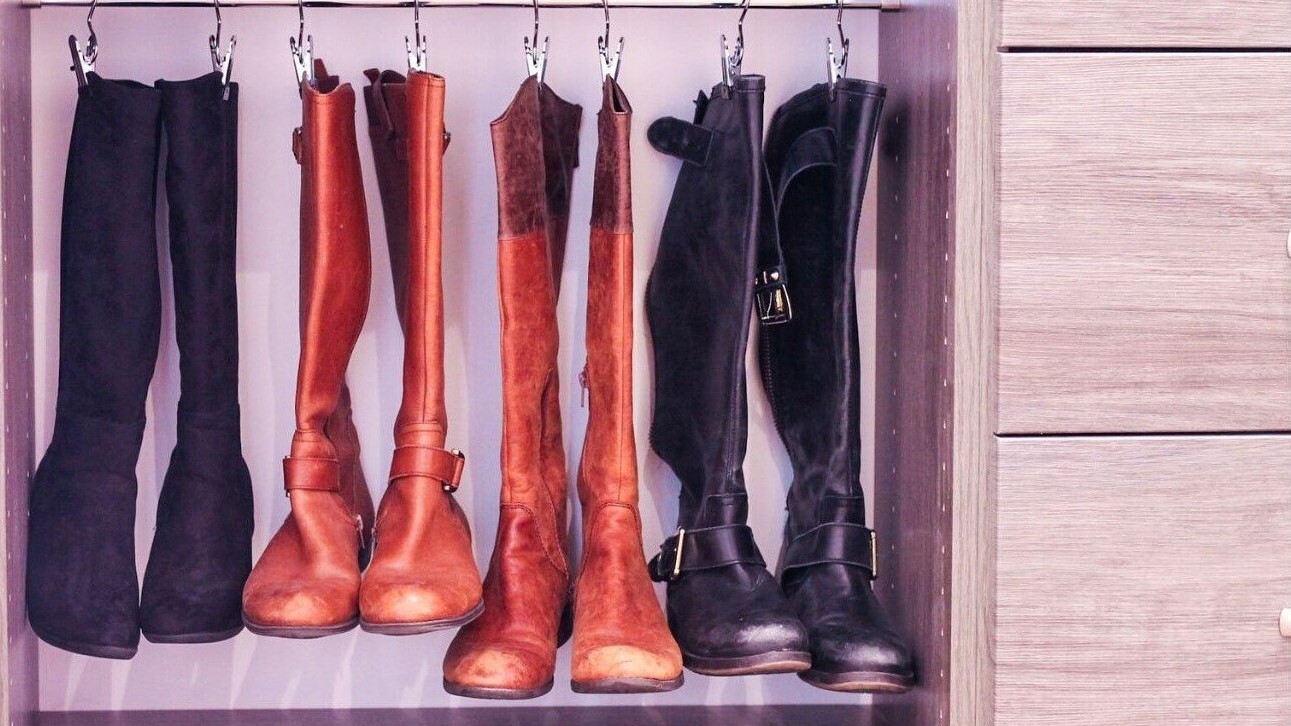
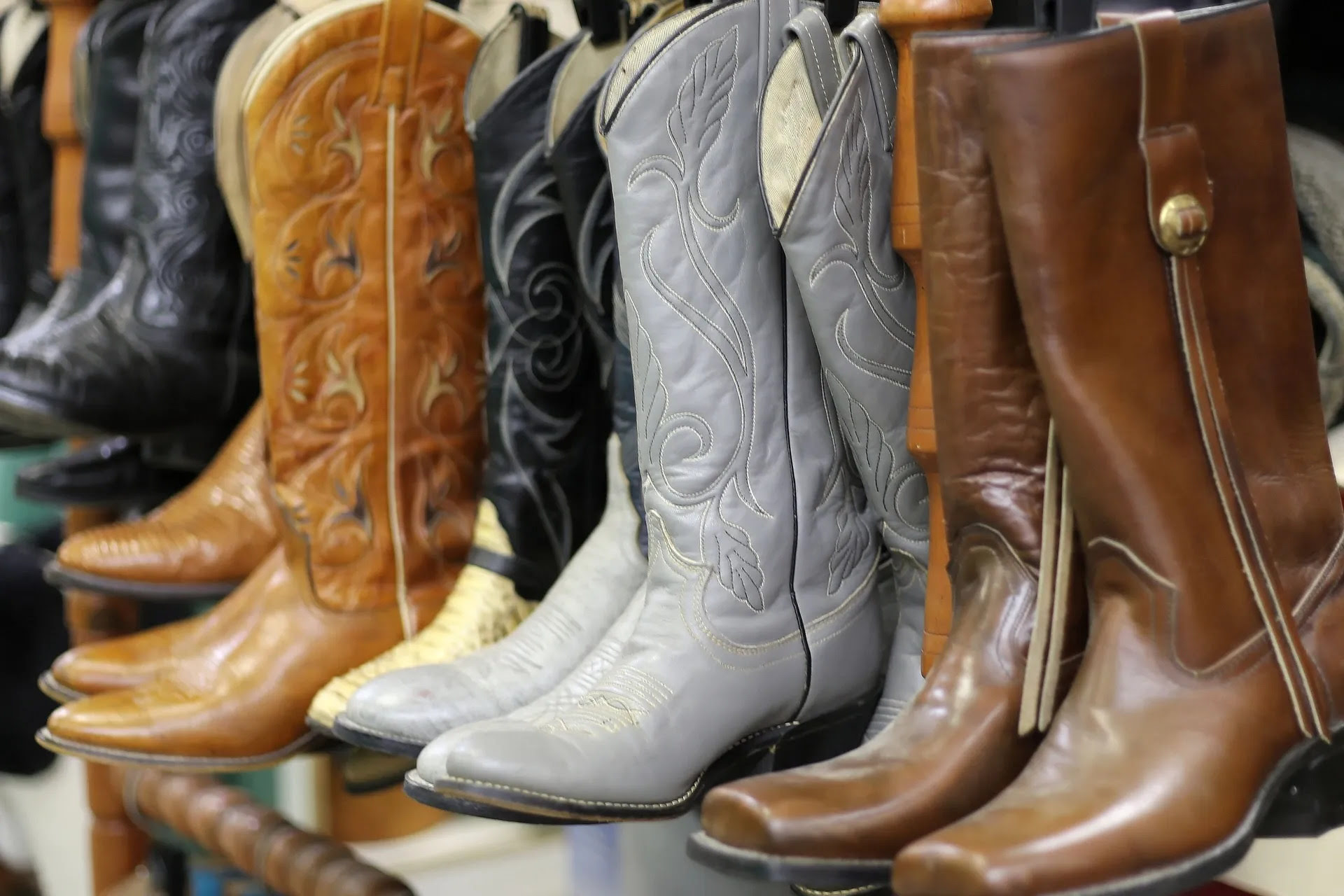
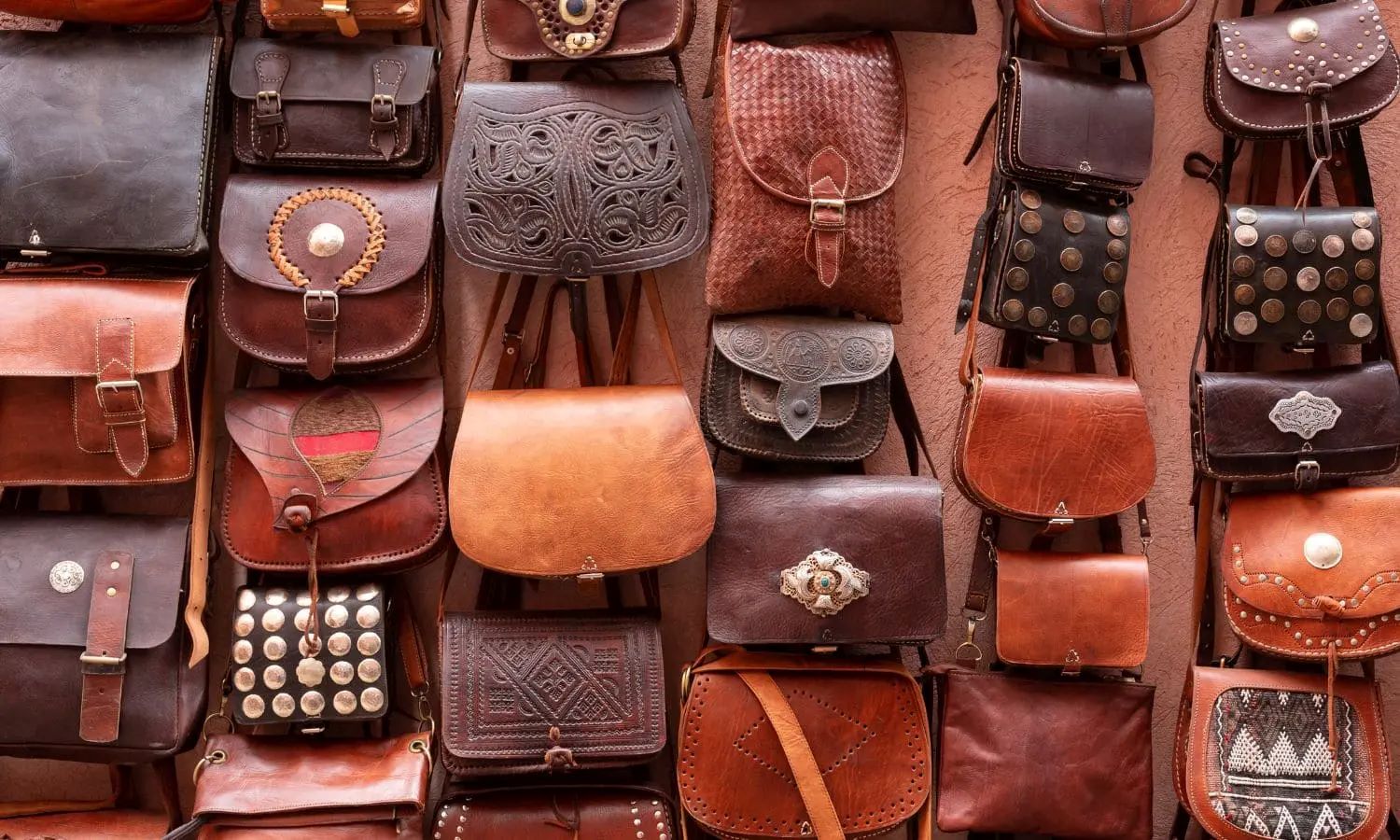
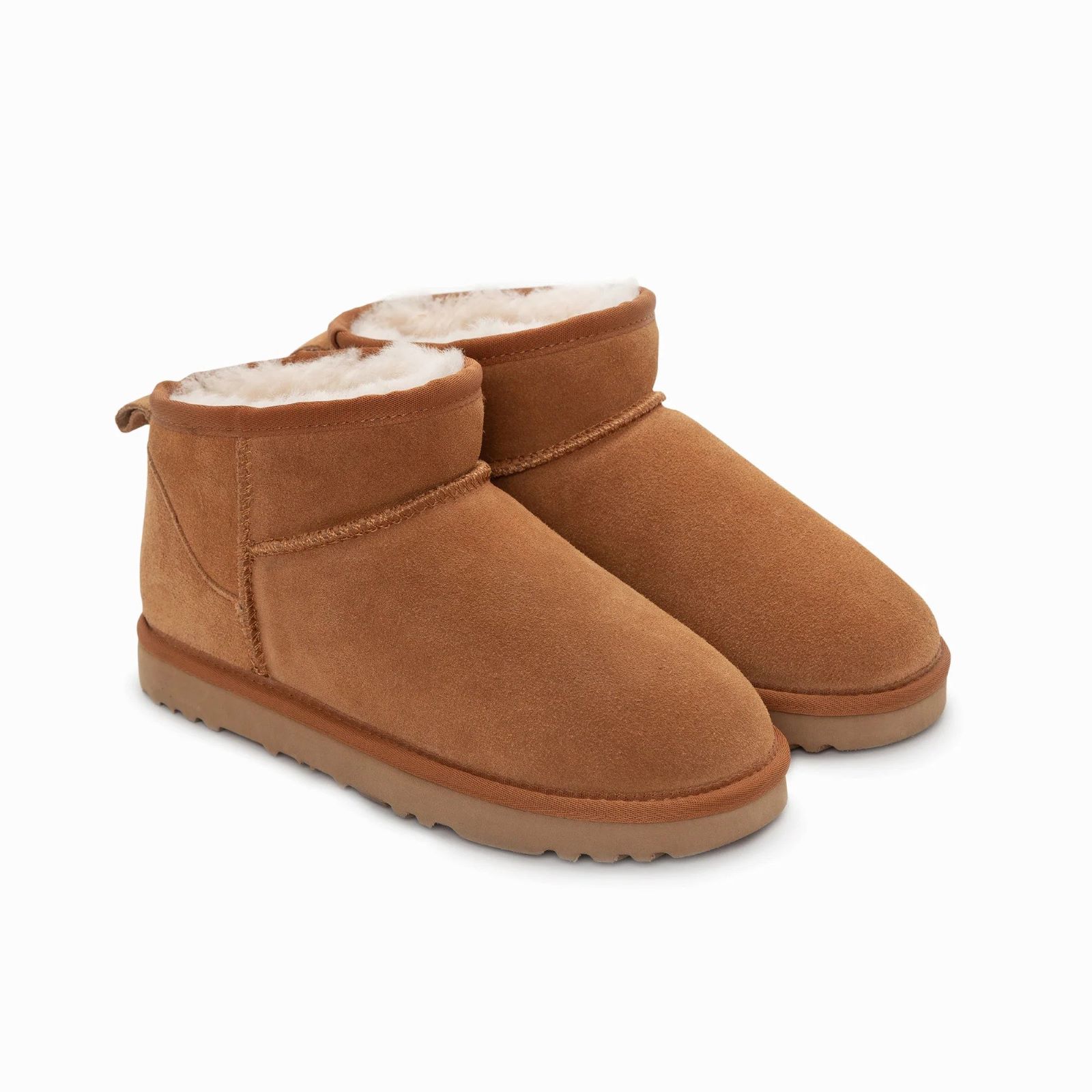
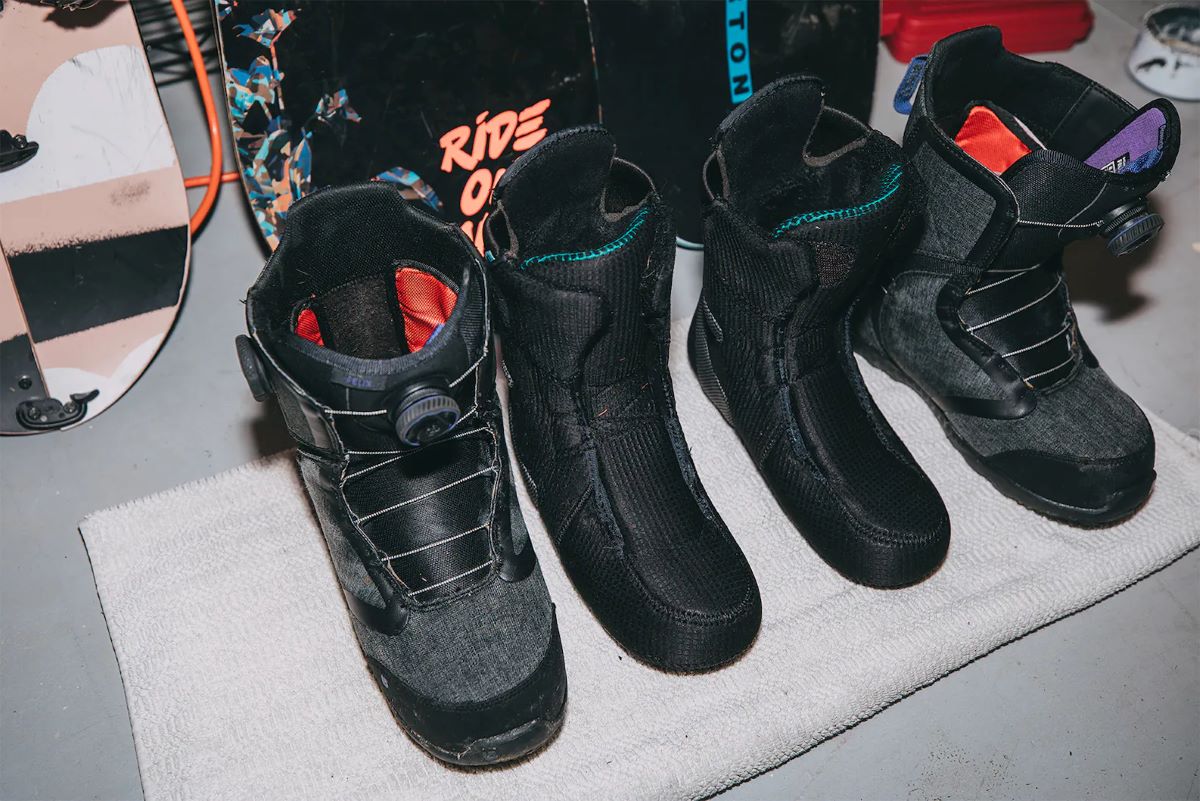
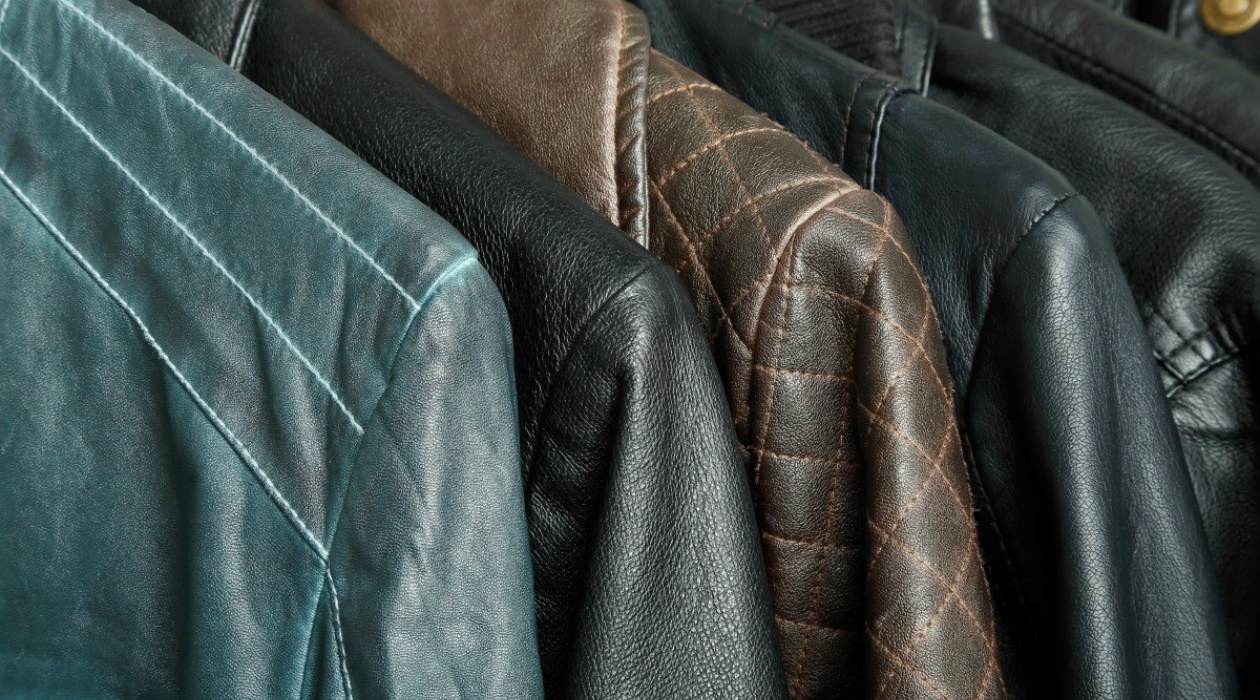
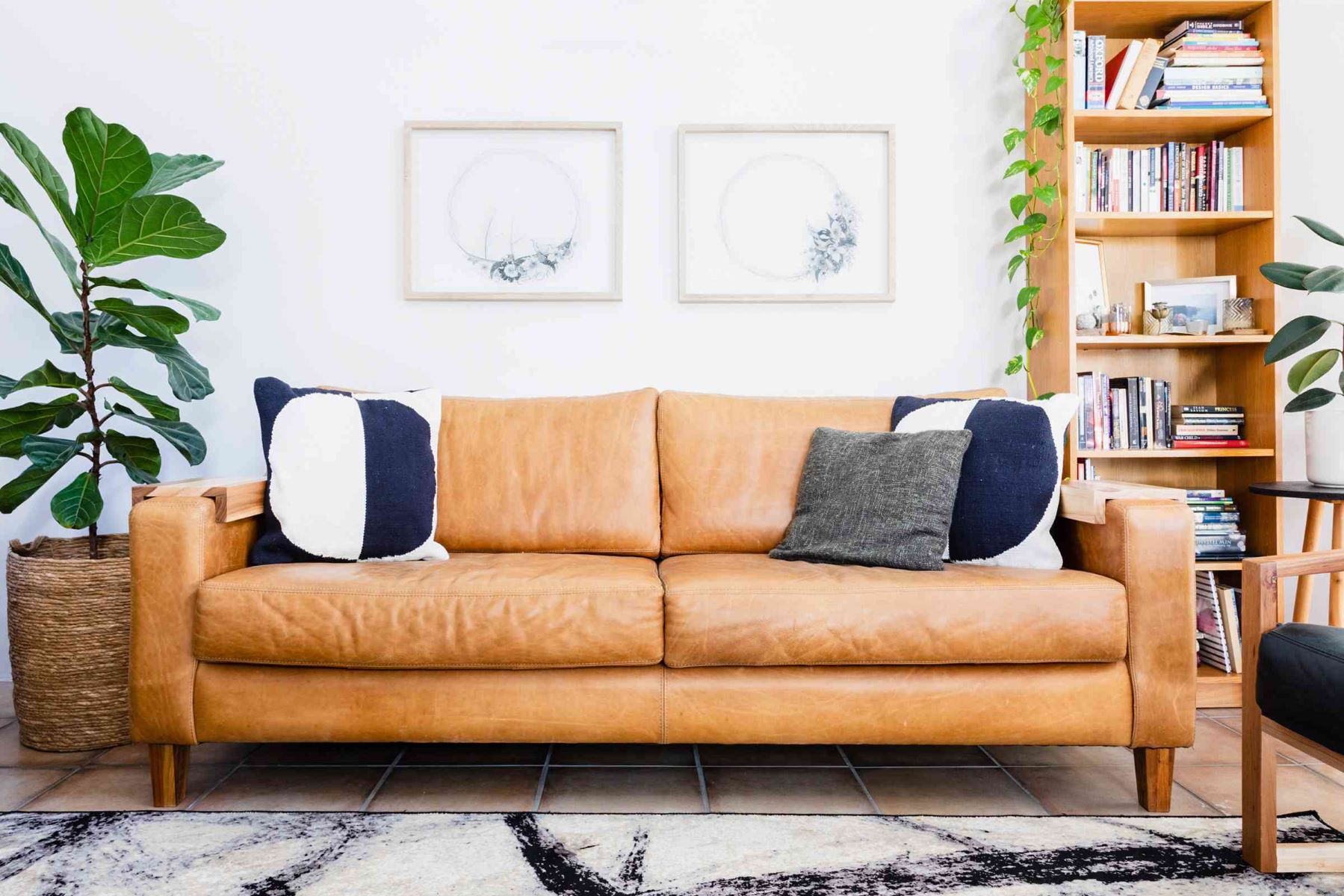
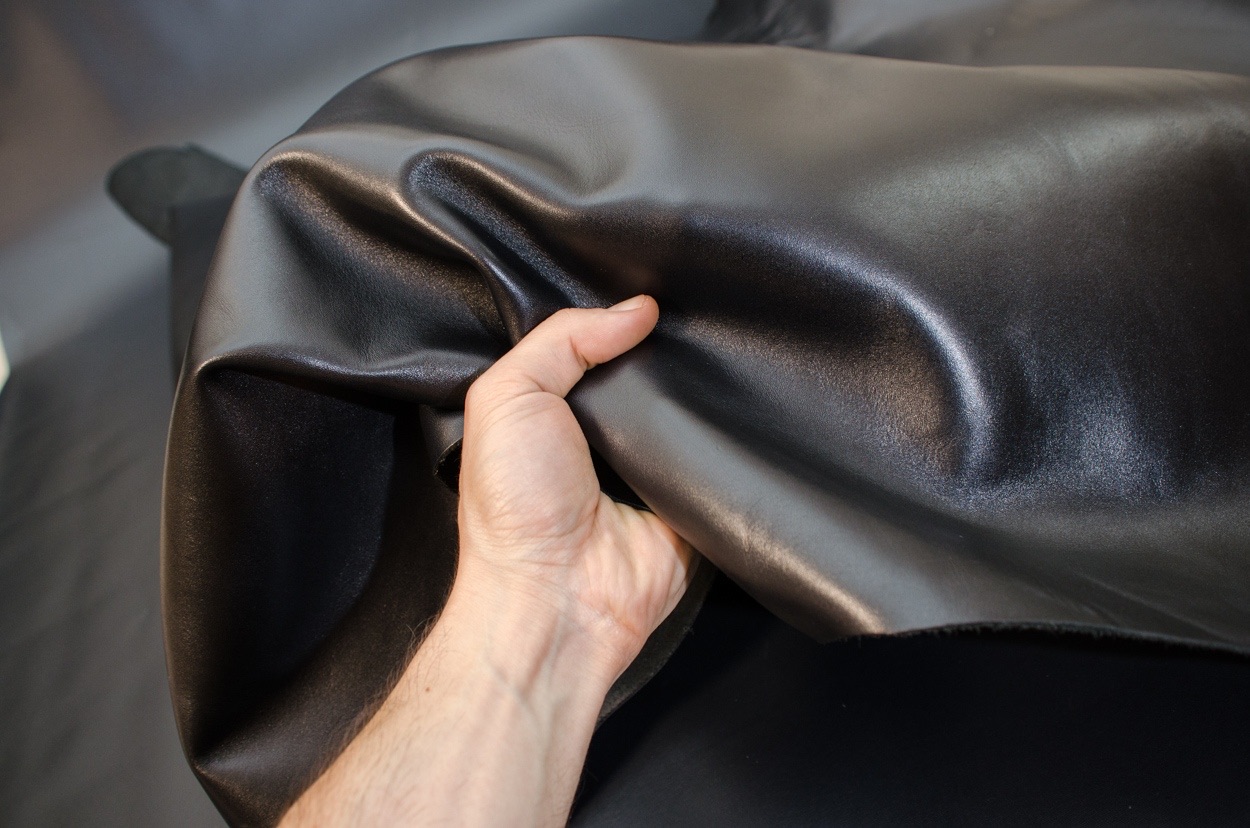


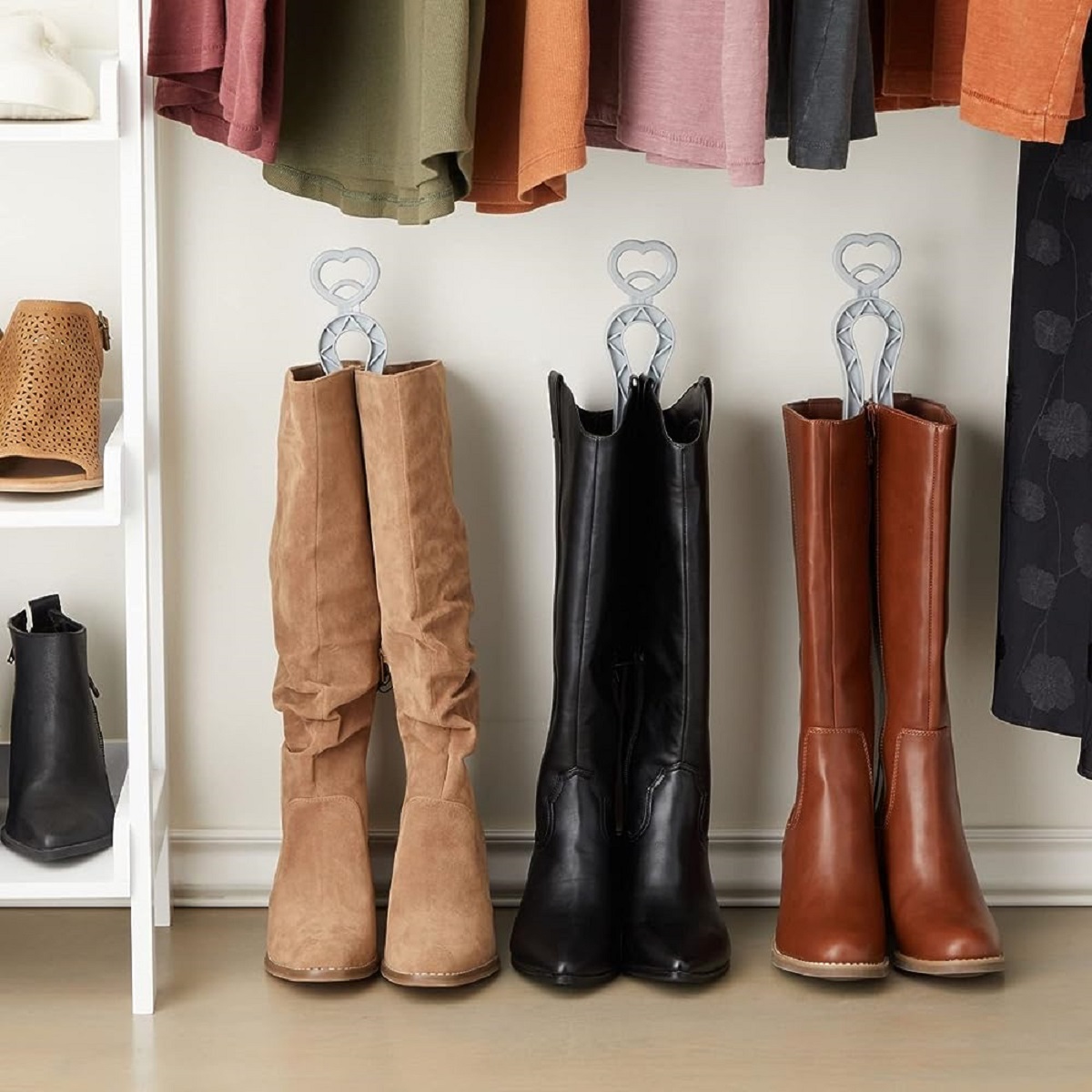
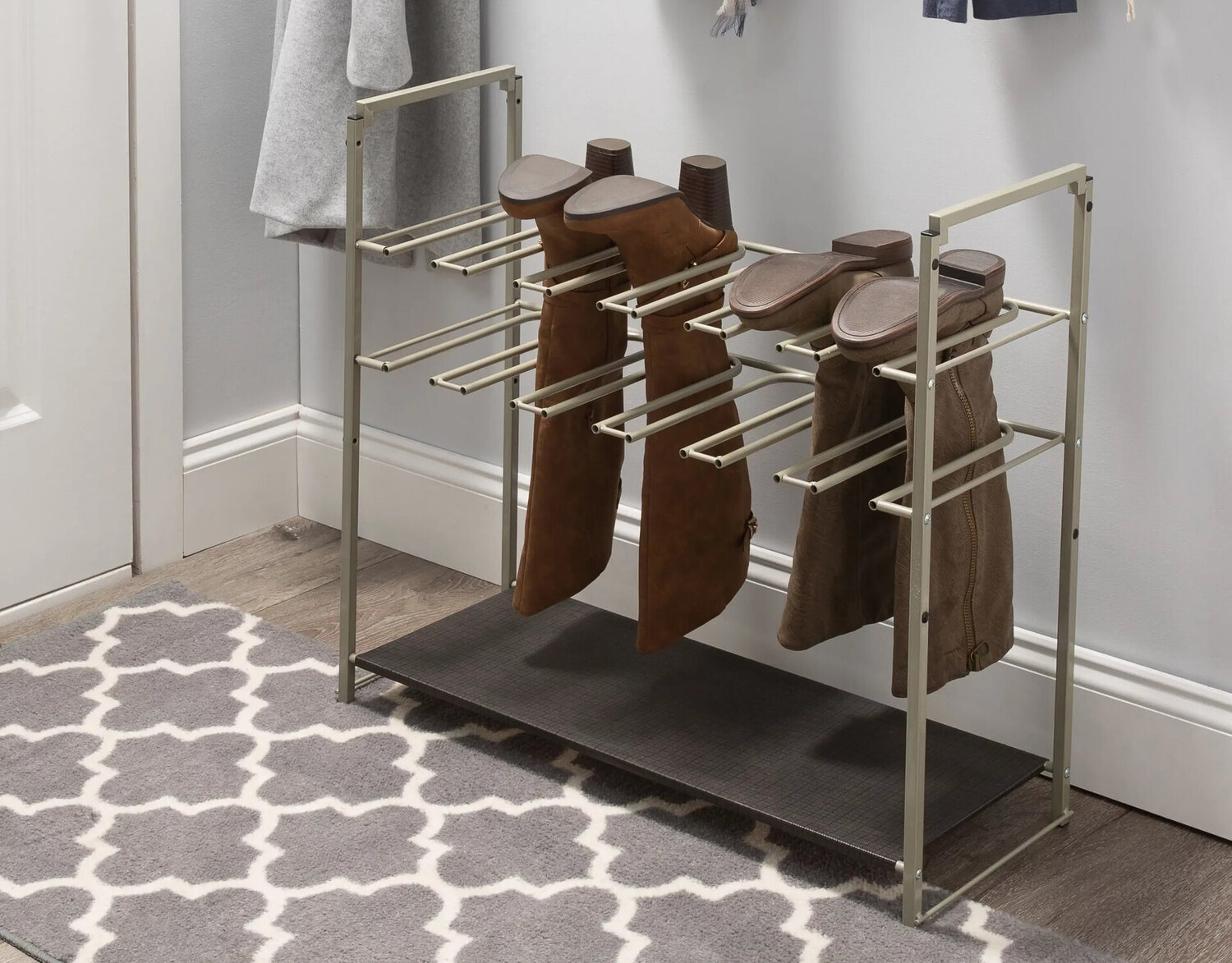
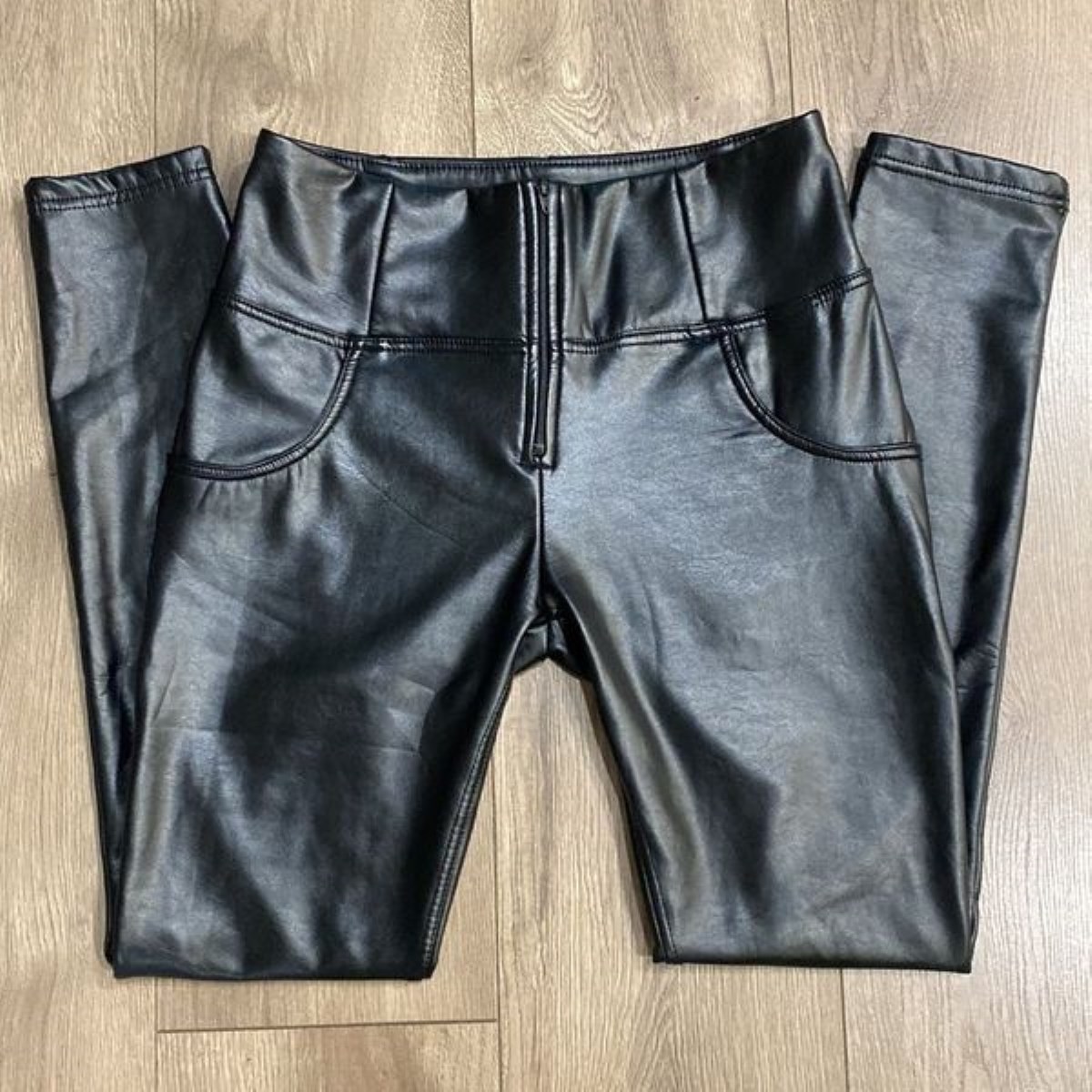

0 thoughts on “How To Store Leather Boots”